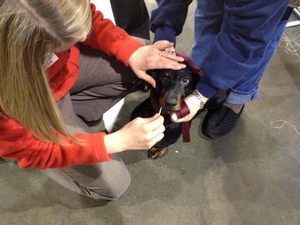One of the best compliments that a company can receive is when a customer places another order after experiencing that company’s service. An even better compliment is when a customer refers that business to a friend or colleague. When we refer a friend to a business, we are putting our ‘stamp of approval’ on that business and putting our reputation on the line too. We hope that the company will provide that excellent customer service every time so that our friend doesn’t blame us if things go wrong. That is why referrals are so valuable to a company and why excellent customer service should be every company’s number one priority.
What constitutes excellent customer service? This may include an informative and easy to use website interface, a friendly human voice when the company answers the phone, the outstanding quality of the service they provide, and its caring interactions with the customer long after the service has been completed. When was the last time you ordered something and didn’t receive an email confirmation or reply that your precious purchase was on its way? The communication that a company has with its customer says a lot about the way it conducts its ...









